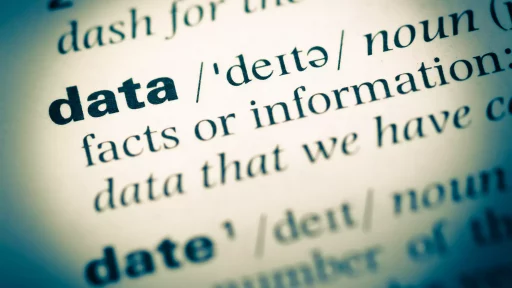Introduction to ‘e.g.’
The abbreviation ‘e.g.’ is a term often used in writing to illustrate a point. It originates from the Latin phrase ‘exempli gratia’, which translates to ‘for example’. This article will delve into its meaning, correct usage, and provide real-world examples to enhance your understanding.
The Meaning of ‘e.g.’
‘E.g.’ is a powerful tool in writing that aids clarity. It is employed when providing specific examples of a general statement. Its purpose is to add context and richness to your writing, making it easier for readers to grasp the intended message.
When to Use ‘e.g.’
Appropriate usage of ‘e.g.’ can significantly improve your writing. Here are some guidelines:
- Use ‘e.g.’ when presenting one or more examples.
- Follow it with a comma and the list of examples.
- Use it in both formal and informal writing.
- Avoid using ‘e.g.’ when an exhaustive list is necessary; use ‘i.e.’ for that.
Examples of ‘e.g.’ in Sentences
To clarify the usage of ‘e.g.’, here are some practical examples:
- There are many fruits that are rich in vitamins, e.g., oranges, strawberries, and kiwi.
- In our meeting, we discussed several strategies for growth, e.g., increasing our online presence and expanding our product line.
- He enjoys several outdoor activities, e.g., hiking, biking, and kayaking.
Case Studies: ‘e.g.’ in Business Communication
In a corporate setting, clarity in communication is crucial. Let’s explore case studies where the proper use of ‘e.g.’ enhanced understanding:
Case Study 1: Marketing Plans
A marketing team presented its strategy using ‘e.g.’ to illustrate potential campaigns. By saying, “We can utilize different mediums, e.g., social media, email newsletters, and podcasts,” the team made their strategy more comprehensible and actionable.
Case Study 2: Scientific Research
In a research paper, scientists often employ ‘e.g.’ to summarize findings. For instance, they might write, “The study included various species of mammals, e.g., bats, rodents, and primates.” This usage narrows the scope of discussion without overwhelming the reader with information.
Common Mistakes to Avoid
While ‘e.g.’ is a helpful abbreviation, many writers make mistakes in its usage. Here are some common pitfalls to avoid:
- Using ‘e.g.’ when a comprehensive list is necessary—consider using ‘i.e.’ instead.
- Failing to include a comma after ‘e.g.’.
- Not placing ‘e.g.’ before a list of examples.
Statistics on Effective Communication
Understanding how language nuances improve clarity is supported by various statistics:
- According to a study by Grammarly, 74% of people feel more confident in their communication when using examples.
- Research from the Content Marketing Institute indicates that 64% of marketers agree using examples in content improves audience engagement.
Conclusion
Employing ‘e.g.’ correctly can greatly enhance your writing, particularly in academic, professional, and everyday communication. Whether you are drafting a report, creating marketing content, or merely writing an email, understanding how to use ‘e.g.’ will aid in conveying your messages more effectively and engagingly.





